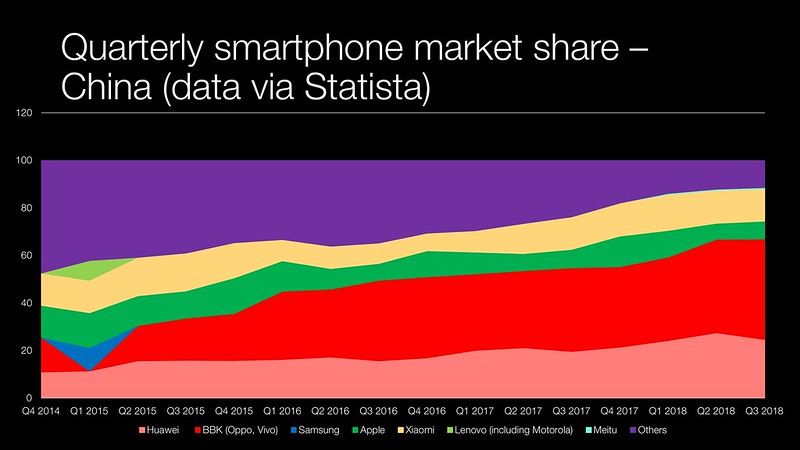Faster Robots Demoralise Coworkers | Careers | Communications of the ACM – If you get the pace wrong would the effect of robots demoralise coworkers limit productivity? Is the future not robots augmenting coworkers, but replacing coworkers a more productive alternative. A Cornell-led team has found that when robots are beating humans in contests for cash prizes, people consider themselves less competent and expend slightly less effort—and they tend to dislike the robots – to be fair I’d expect to see something similar if the same person kept winning employee of the week. I know that workers on the line at Vauxhall in Ellesmere Port used to sabotage the robots on the line on a regular basis. This might phenomenon of robots demoralise coworkers be part of their motivation (along with laziness and malice)
Flickr Cofounder Questions Tech’s Impact on Humans – WIRED – it’s easier to ask the big questions when you’ve made it and can reflect in the tech industry. These weren’t questions that we asked back in the day. More on Caterina Fake here.
Marbridge Consulting – China’s February 2019 Domestic Handset Shipments Down 20% YoY – 14.51 mln mobile handsets were shipped in China in February 2019, down 19.9% YoY and 57.4% MoM, according to new figures released by the China Academy of Information and Communications Technology (CAICT), a department of China’s Ministry of Industry and Information Technology (MIIT). The significant month-on-month drop can be explained in part by the week-long Chinese Lunar New Year holiday towards the beginning of February. Of total shipments in February, 13.98 mln were 4G handsets, down 20.2% YoY, 37,000 were 3G handsets, and 0.49 mln were 2G handsets
A Witch-Hunt on Instagram | Quilette – western PC culture seems to have more and more cases of it eating their own
Aging Millennials Soothe Themselves With Childlike Fashions – WWD – to try and hang on to youth. The attenuation of youthfulness is a cross generational phenomenon. For instance middle aged dads the still buy streetwear rather than Superdry, skate and go to gigs.
SXSW 2019: Virtual Cinema – JWT Intelligence – culture is still trying to adapt AR and VR. Whilst it has the energy of an early SIGGRAPH demo reel, I still think the storytelling aspect of things is struggling to find its legs
Patrick Pruniaux: “There Truly is an E-commerce Potential for Horology” | Luxury Society – Kering haven’t been particularly good at using Ulysse Nardin as a brand in China, but they are rectifying it now. Kering are looking to tap into ‘new’ watch consumers who can’t spend Rolex money on a watch, this position now looks more tenable since Apple has stopped going for the luxury sector with the Apple Watch
How to Create an Authentic Luxury Experience for Millennials | Jing Daily – if a luxury brand wants to entice today’s consumers, whether it’s in China or beyond, it needs to underscore its authenticity and relevancy. Powerful words, to be sure, but what does it mean to be authentic and relevant? For the moment, let’s start with the opposite. During many of my brand strategy sessions, I often hear the expression “they feel staged” when people describe brands that they would never buy. Needless to say, when brand feels staged, it is neither authentic nor relevant. The synonyms unnatural, deceived, cheated, and faked come to mind. In other words, a staged brand is bullshitt*ng their consumers.
Louis Vuitton Has a Michael Jackson Problem | Intelligence | BoF – LVMH invested significantly in Virgil Abloh to elevate its menswear line. However, the potential failure of Abloh’s Michael Jackson-inspired collection—whether due to pulled items or lack of consumer interest—is unlikely to significantly impact Louis Vuitton’s overall revenue, as men’s ready-to-wear is a small part of their business. The real concern for Louis Vuitton is protecting its brand reputation, which remains strong unlike some competitors who have faced recent social media backlash. This is especially crucial now, as consumers are quick to criticize any perceived missteps.
How What Goes Around Comes Around Is Attracting Millennials To Buy Vintage – US chain channels aesthetic of Japanese vintage shops
You May Have Forgotten Foursquare, but It Didn’t Forget You | WIRED – interesting how Foursquare went from being useful (I use it as spatial bookmarking, so that I can return to new places that I like) to where 2.0 middleware with a bit of ad tech creepiness thrown in for good measure (paywall)
Pinterest Files for an IPO: What Investors Need to Know | The Motley Fool – interesting for intent driven visual search if they can monetise it effectively on a global scale
Great video of a Black Hat conference presentation on biometric identifiers.

